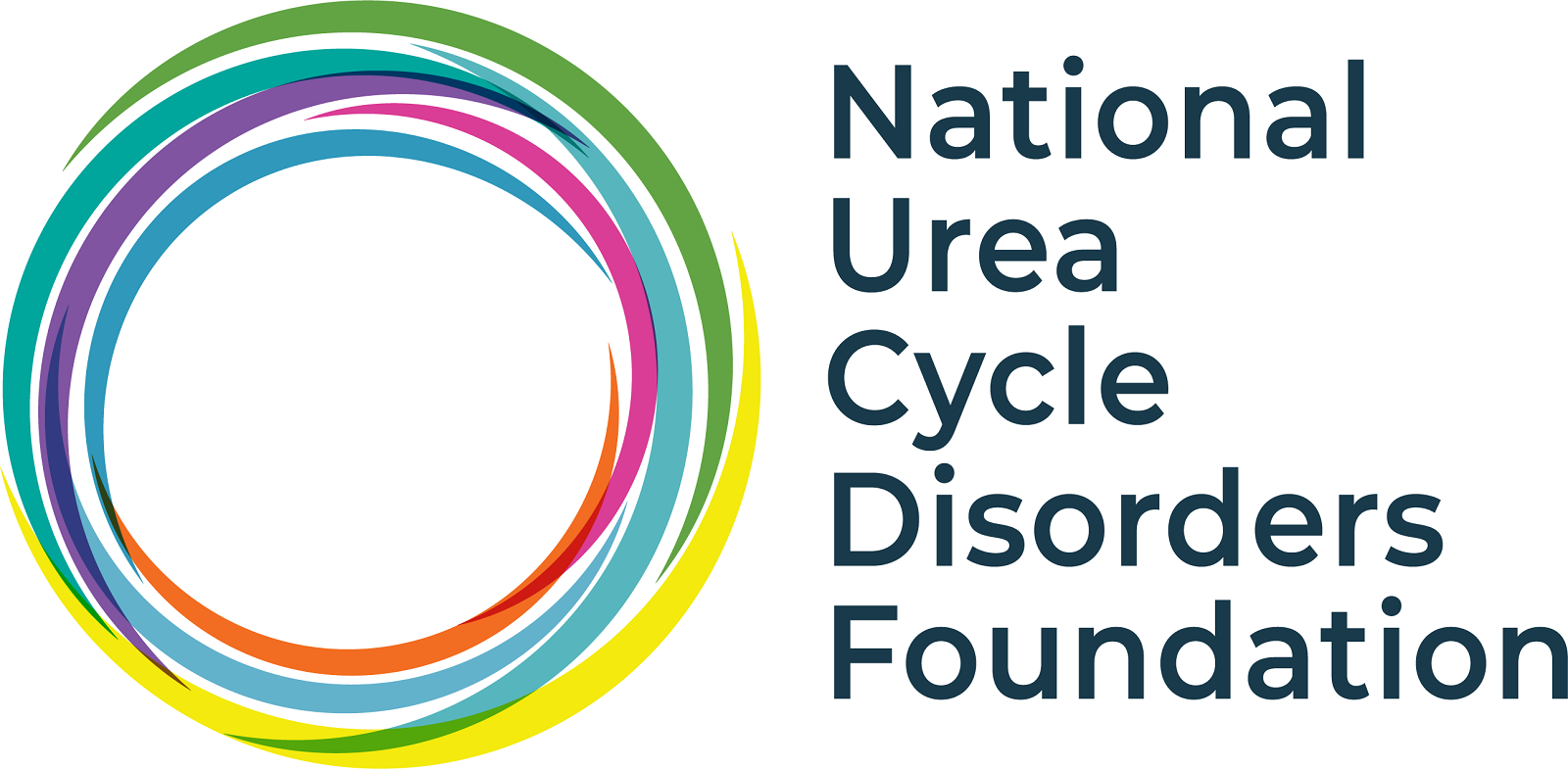
Patients, providers, public invited to share messages, materials
The National Urea Cycle Disorders Foundation (NUCDF) and Zevra Therapeutics, Inc. are teaming up again this year to launch an awareness campaign during the month of October to improve the diagnosis of urea cycle disorders (UCDs). Their goal is to highlight the critical importance of promptly checking blood ammonia levels and using proper testing techniques.
A blood ammonia test is essential to uncover elevated ammonia levels (hyperammonemia), the classic sign of a urea cycle disorder. Resources on recognizing and testing for hyperammonemia are featured on the campaign website, checkammonia.com.
Quickly diagnosing UCDs is critical. Toxic ammonia levels can rise rapidly in affected individuals, which, if left untreated, can cause coma and death.
Newborns with severe UCDs typically become catastrophically ill within 36-48 hours after birth. It is estimated that up to 20% of sudden infant death syndrome (SIDS) cases may be attributed to an undiagnosed inborn error of metabolism such as a UCD. Adults with undiagnosed UCDs may present at emergency rooms with staggering, confusion, combativeness, and disorientation that is mistaken for alcohol or drug intoxication, and many die.
The campaign’s primary message is that a blood ammonia test, performed promptly and properly, can save lives. Downloadable campaign resources focus on: (1) recognizing the signs of UCDs and promptly ordering a test, and (2) following proper test procedures.
About Urea Cycle Disorders
A urea cycle disorder is caused by a genetic mutation—a change in a person’s genes—that leads to a deficiency of one of the enzymes needed to metabolize protein. These missing or reduced enzymes make the process less efficient, allowing ammonia to build up in the bloodstream. High ammonia levels are toxic to the brain, causing a range of physical, neurological, and behavioral symptoms.
UCDs can strike at any age. Those with more severe UCDs (greater enzyme deficiency) typically become symptomatic very shortly after birth. Those with less severe UCDs (less enzyme deficiency) can develop symptoms at any time later in life.
Signs of UCDs
The Check Ammonia campaign website highlights the early signs of hyperammonemia in newborns and in infants, children, and adults that should prompt a blood ammonia test. Key warning signs include:
- Newborns from 1 to 28 days old: poor feeding or vomiting, hypotonia (poor muscle tone or floppiness), lethargy (difficult to wake up), respiratory distress, seizures, or coma.
- Older infants and children: inconsolable crying, agitation, or hyperactive behavior sometimes accompanied by screaming, self-injurious behavior, and refusal to eat meat or other high-protein foods. Later symptoms may include frequent episodes of vomiting, especially following high-protein meals, lethargy, and delirium. Older children may be referred to child psychologists because of their behavior, developmental delays, and eating problems.
- Adults with high blood ammonia levels: disorientation, confusion, slurred speech, unusual and extreme combativeness or agitation, stroke-like symptoms, lethargy, and delirium. Many may be seen by neurologists or psychiatrists because of psychiatric symptoms, including schizophrenia and bipolar disorder.
Who Should Get Tested?
Routine ammonia checks aren’t necessary for everyone, but the test is crucial for those experiencing symptoms that could be high ammonia.
How Is High Ammonia Treated?
Once identified, high ammonia levels can be managed and treated in several ways. These treatments may include medications, dietary changes including protein restriction, managing underlying conditions, or hospitalization in more severe cases, especially if neurological symptoms are present.
Join the Campaign
Patients, providers, and the public are invited to help share the campaign’s messages and materials widely. For electronic copies of campaign materials, visit checkammonia.com. Contact info@nucdf.org with questions or to request hard copies you can deliver to pediatricians, hospitals, emergency rooms, and other healthcare providers in your area. Follow the NUCDF’s social media sites (Facebook, LinkedIn, Instagram and YouTube) to share materials throughout the month.
Learn more and hear patient stories
- Watch a video on recognizing the signs of urea cycle disorders.
- Read about Pruitt, a baby with OTC who suffered significant harm due to delayed diagnosis and died when he was 6 months old.
- Read about Jennings, an infant who passed away three days after he was born due to an undiagnosed UCD.
- Hear about Zoey, a 19-year-old girl who lost her life suddenly due to an undiagnosed urea cycle disorder.
- Read Elliot's story, who fell ill due to OTC when he was 14 and passed away after diagnostic delays.
- Read about Jim Stavas, a fireman who fell into a coma and died after sinus surgery due to an undiagnosed UCD (under “Why we ride”).
